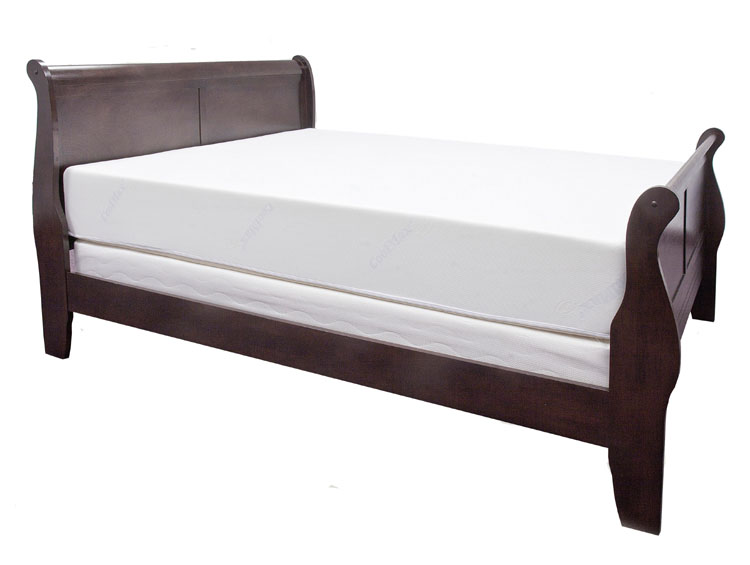Fitness Goal Setting – Using Fitness Goal Setting as a Success Tool
Unlike resolutions, which are usually broken by February, goals are made to be set, attained, and set again at a new higher level. Goal setting is an important tool for evaluating your progress and successfully meeting your goals. It is the road map that helps lead you to your final destination. Short-term (immediate) and intermediate goals are the stepping-stones to your long-range goals. Short and intermediate goals are necessary so that success is experienced during the long journey towards your long-range and final, ultimate goal.
Continue reading “Why Resolutions are Broken and Goals are Met: How to Attain Your Goals” »

